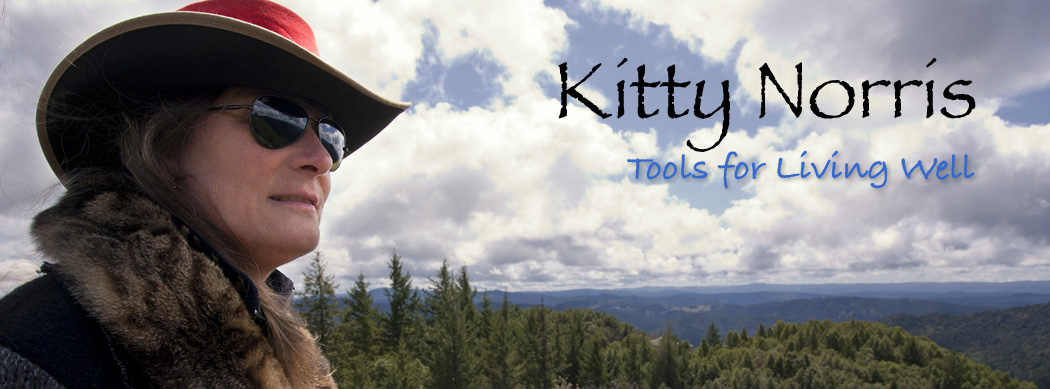FIFTY years ago this month, the Irish physicist John Stewart Bell submitted a short, quirky article to a fly-by-night journal titled Physics, Physique, Fizika. He had been too shy to ask his American hosts, whom he was visiting during a sabbatical, to cover the steep page charges at a mainstream journal, the Physical Review. Though the journal he selected folded a few years later, his paper became a blockbuster. Today it is among the most frequently cited physics articles of all time.
Bell’s paper made important claims about quantum entanglement, one of those captivating features of quantum theory that depart strongly from our common sense. Entanglement concerns the behavior of tiny particles, such as electrons, that have interacted in the past and then moved apart. Tickle one particle here, by measuring one of its properties — its position, momentum or “spin” — and its partner should dance, instantaneously, no matter how far away the second particle has traveled.
The key word is “instantaneously.” The entangled particles could be separated across the galaxy, and somehow, according to quantum theory, measurements on one particle should affect the behavior of the far-off twin faster than light could have traveled between them.
Entanglement insults our intuitions about how the world could possibly work. Albert Einstein sneered that if the equations of quantum theory predicted such nonsense, so much the worse for quantum theory. “Spooky actions at a distance,” he huffed to a colleague in 1948.
In his article, Bell demonstrated that quantum theory requires entanglement; the strange connectedness is an inescapable feature of the equations. But Bell’s proof didn’t show that nature behaved that way, only that physicists’ equations did. The question remained: Does quantum entanglement occur in the world?
Starting in the early 1970s, a few intrepid physicists — in the face of critics who felt such “philosophical” research was fit only for crackpots — found that the answer appeared to be yes.
John F. Clauser, then a young postdoctoral researcher at the Lawrence Berkeley National Laboratory, was the first. Using duct tape and spare parts, he fashioned a contraption to measure quantum entanglement. Together with a graduate student named Stuart Freedman, he fired thousands of pairs of little particles of light known as photons in opposite directions, from the middle of the device, toward each of its two ends. At each end was a detector that measured a property of the photon known as polarization.
As Bell had shown, quantum theory predicted certain strange correlations between the measurements of polarization as you changed the angle between the detectors — correlations that could not be explained if the two photons behaved independently of each other. Dr. Clauser and Mr. Freedman found precisely these correlations.
Other successful experiments followed. One, led by the French physicist Alain Aspect, tested the instantaneousness of entanglement. Another, led by the Austrian physicist Anton Zeilinger, considered entanglement among three or more particles.
Even with these great successes, work remains to be done. Every experimental test of entanglement has been subject to one or more loopholes, which hold out the possibility, however slim, that some alternative theory, distinct from quantum theory and more in line with Einstein’s intuitions, may still be salvageable. For example, one potential loophole — addressed by Dr. Aspect’s experiment — was that the measurement device itself was somehow transmitting information about one particle to the other particle, which would explain the coordination between them.
The most stubborn remaining loophole is known as “setting independence.” Dr. Zeilinger and I, working with several colleagues — including the physicists Alan H. Guth, Andrew S. Friedman and Jason Gallicchio — aim to close this loophole, a project that several of us described in an article in Physical Review Letters.
HERE’S the problem. In any test of entanglement, the researcher must select the settings on each of the detectors of the experimental apparatus (choosing to measure, for example, a particle’s spin along one direction or another). The setting-independence loophole suggests that, though the researcher appears to be free to select any setting for the detectors, it is possible that he is not completely free: Some unnoticed causal mechanism in the past may have fixed the detectors’ settings in advance, or nudged the likelihood that one setting would be chosen over another.
Bizarre as it may sound, even a minuscule amount of such coordination of the detectors’ settings would enable certain alternative theories to mimic the famous predictions from quantum theory. In such a case, entanglement would be merely a chimera.
How to close this loophole? Well, obviously, we aren’t going to try to prove that humans have free will. But we can try something else. In our proposed experiment, the detector setting that is selected (say, measuring a particle’s spin along this direction rather than that one) would be determined not by us — but by an observed property of some of the oldest light in the universe (say, whether light from distant quasars arrives at Earth at an even- or odd-numbered microsecond). These sources of light are so far away from us and from one another that they would not have been able to receive a single light signal from one another, or from the position of the Earth, before the moment, billions of years ago, when they emitted the light that we detect here on Earth today.
That is, we would guarantee that any strange “nudging” or conspiracy among the detector settings — if it does exist — would have to have occurred all the way back at the Hot Big Bang itself, nearly 14 billion years ago.
If, as we expect, the usual predictions from quantum theory are borne out in this experiment, we will have constrained various alternative theories as much as physically possible in our universe. If not, that would point toward a profoundly new physics.
Either way, the experiment promises to be exciting — a fitting way, we hope, to mark Bell’s paper’s 50th anniversary.

Comments are closed.